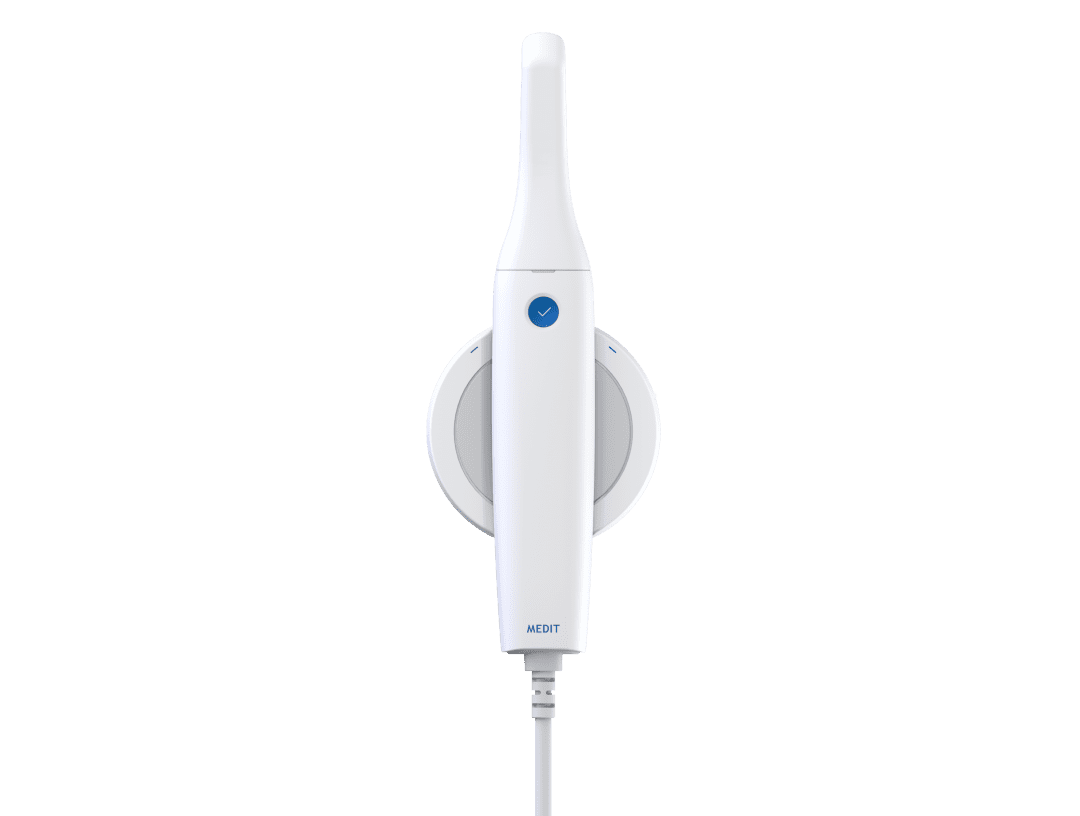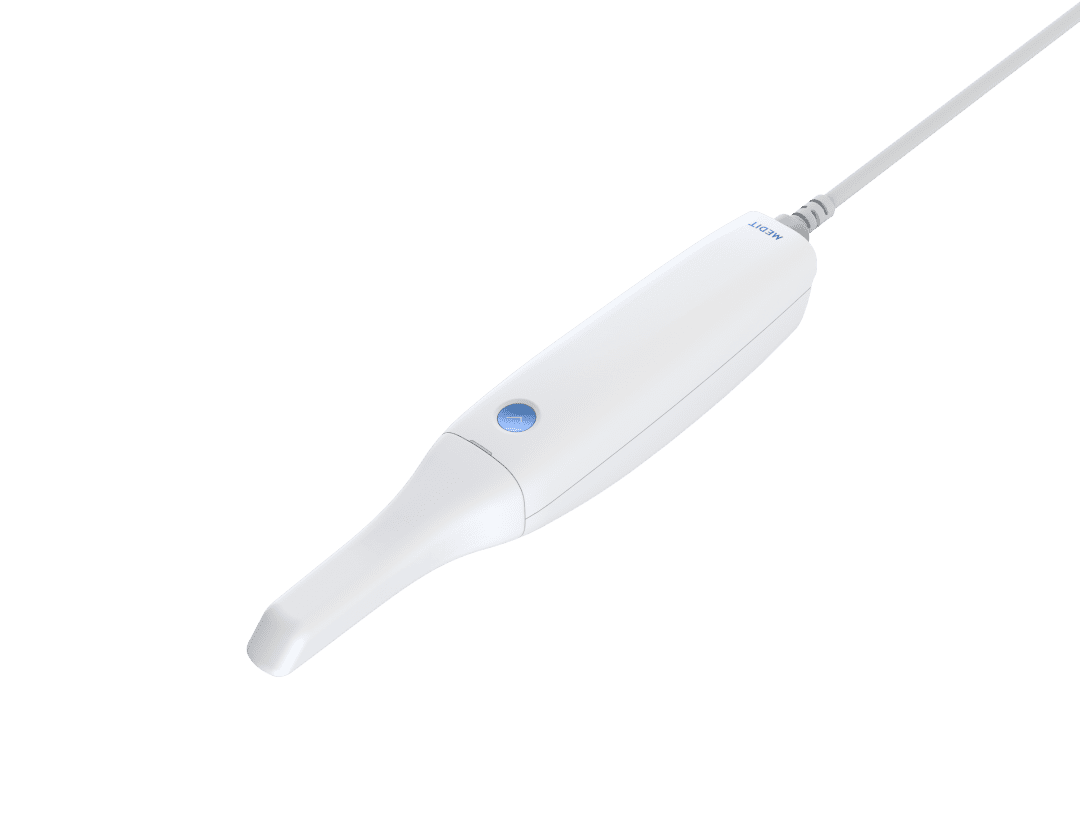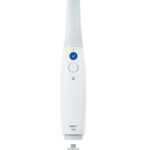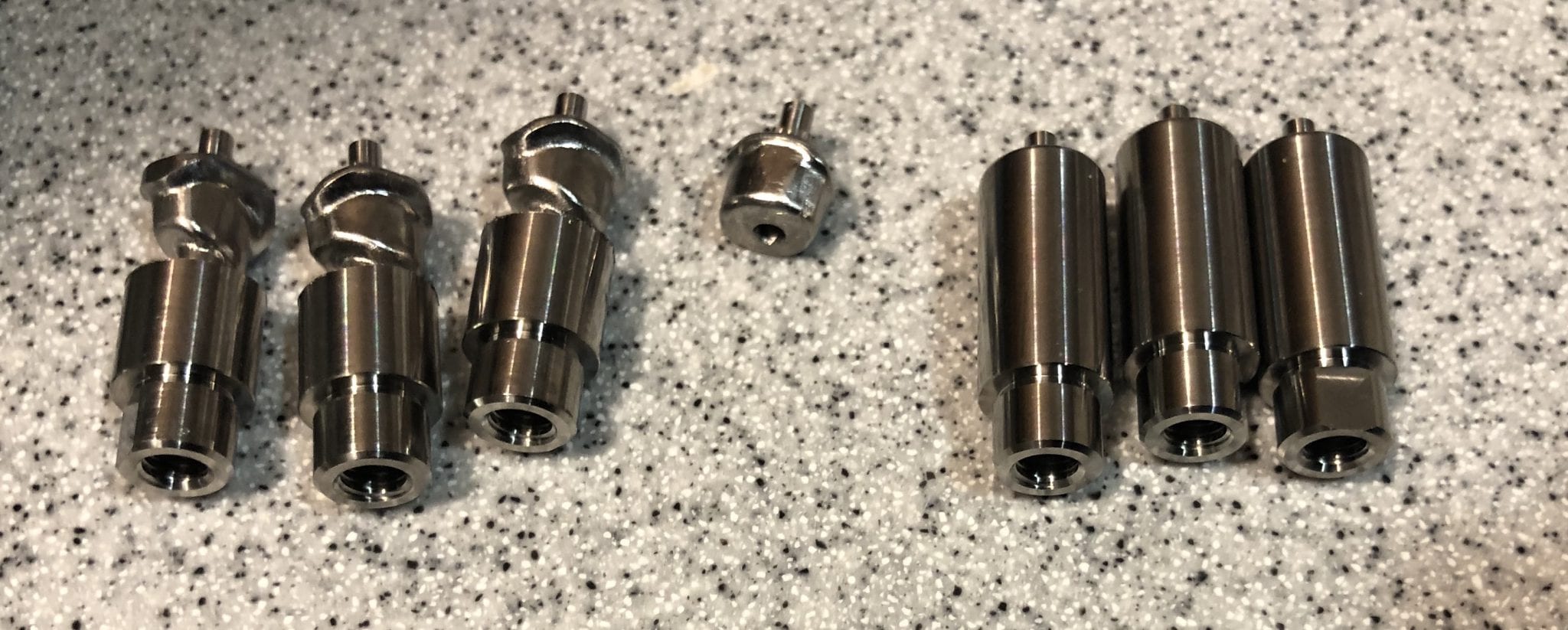The M200- R4 drill does the majority of the work while milling metal abutments. We’ve tested its limits and recommend that you replace this drill after about 6 or 7 uses
Your ears learn real quickly what the appropriate sounds are and when this drill is worn. It’s not as smooth of a cutting sound as it makes when it’s a fresh drill.
Unfortunately, the indicators in the software do not accurately reflect the true amount of wear and usage remaining. The consequences are that the abutment can be adversely deformed.
In this particular documented case, the drill fines wears off and is replaced. A whole new set of drills were used and the whole abutment was Milled again to measure or visualize how well it can correct or continue the proper milling shape. In the final video, you can see that the abutment is truly deformed and does not represent the true geometry of the design.

This is the control abutment and you can discern the difference between the finished product from the mis-mill. The superstructure crown did not seat on this altered abutment, although it is possible to carefully hand finish the abutment so the crown seats completely.








You must be logged in to post a comment.